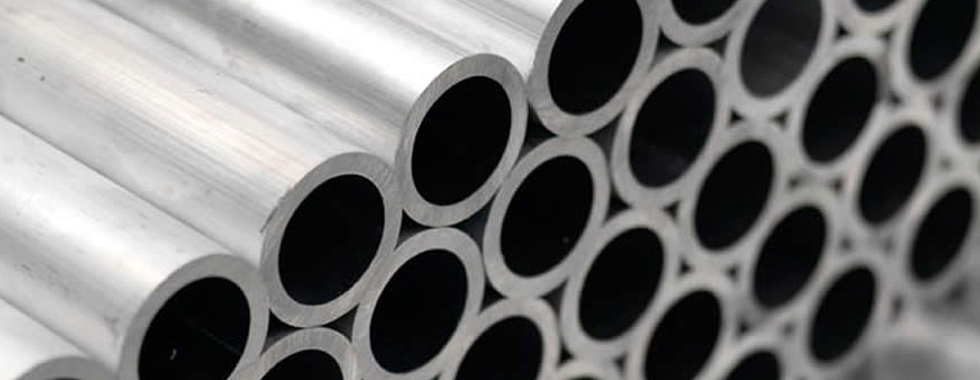Advantages of Duplex steel

Duplex stainless steel provides a number of advantages, including:
Duplex stainless steels are nearly twice as strong as traditional ferritic steel.
Toughness and ductility: Duplex stainless steels outperform ferritic grades in toughness and ductility, however they are not as tough as austenitic grades.
Corrosion resistance: As with stainless steel, corrosion resistance is primarily determined by the stainless steels composition, with the most essential elements being chromium, molybdenum, and nitrogen. Duplex steels are exceptionally corrosion-resistant, and they have a strong resistance to stress and corrosion even in chloride and sulfide conditions. Corrosion occurs when a specific set of conditions exist, including tensile tension, a corrosive environment.
Heat Resistance: Compared to austenitic steels, duplex stainless steel has an increased thermal conductivity and lower thermal expansion. Because duplex steel grades have superior ductility at low temperatures than ferritic steel grades, they may be utilised down to at least -50°C.
Duplex stainless steels are less expensive than austenitic stainless steels because they contain less nickel and molybdenum. Duplex stainless steels might be less expensive due to their reduced alloying content. Furthermore, because duplex stainless steel has a higher yield strength, it may be able to lower its thickness. Significant weight loss is possible with thinner goods.
Duplex steels have high weldability and may be welded using any normal welding method, albeit they are not as easy to weld as austenitic grades.
Because of the various advantages of Duplex steel, it is employed in a variety of applications such as-
Processing, transportation, and storage of chemicals
Pipes for oil and gas production
Refining of oil and gas
Pollution-control technology
Manufacturing of pulp and paper
Plant for chemical processing
Components for structural and mechanical design
Pipes for cooling
